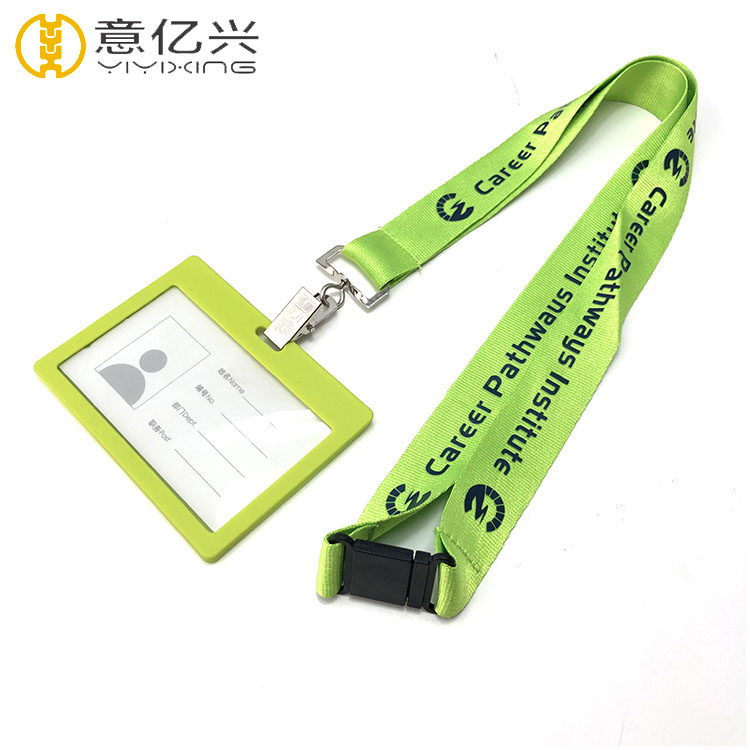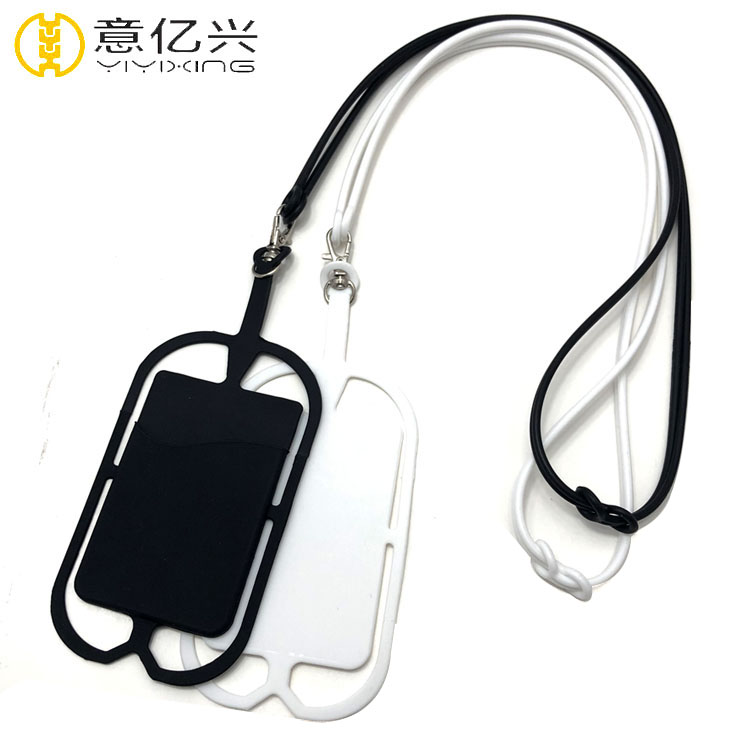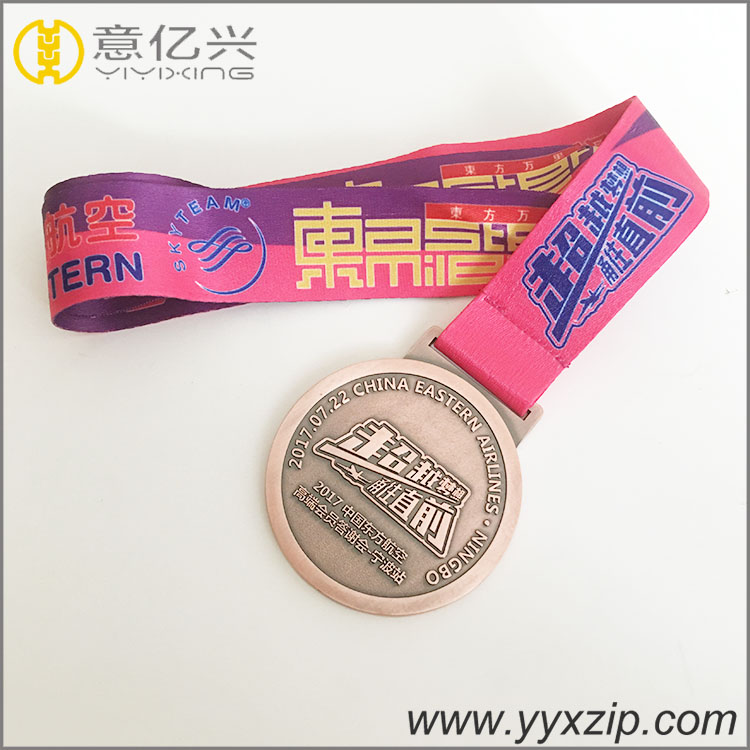Stamping and embossing were originally two processes in the postpress process, but with the rapid advancement of plate making technology, the use of electric carving techniques to produce a set of Yin and Yang versions can combine the two processes into one. However, if hot stamping and embossing need to be equipped with multiple sets of electric yin and yang printing at one time, there will be many problems and they cannot be produced normally. The following combination of their own experience in this regard, introduced an improved process.
1. Problems encountered in using electric carving yin and yang version
We have a batch of paper with a basis weight of about 200 g/m2, and there is a hot silver and embossing registration process. The hot silver and embossed areas are only 4.4cmx1.3cm. Four Chinese characters, five English letters, and one logo need to be hot silver and embossed. Since the word is too small, if the hot and silver is pressed and then embossed, the paper's expansion and contraction and some other factors will lead to hot silver and embossing overprinting. To this end, we produced the electric carving yin and yang version, installed on a semi-automatic hot stamping die-cutting machine, and installed 5 sets at a time. Although using such a process to solve the problem of overprinting is not accurate, but there are five issues in the version of hot silver and pressure uneven pressure problems, can not be adjusted. The analysis is considered to be caused by the following reasons.
(1) The accuracy of the semi-automatic hot stamping die cutting machine is not high, resulting in an unbalanced pressure in the overall machine.
(2) The copper plate is affixed to the hot plate with double-pipe glue (a type of adhesive), and the application of double-pipe glue on the back of the plate does not uniformly result in pressure inconsistency.
(3) There is an error in the engraving of the Yin and Yang plates.
2. Process improvement
The above three reasons have caused the pressure of hot stamping and embossing in the five editions to be unequal. If the pad plate is used on the movable stage, the pressure can be adjusted to be approximately the same, but since the thickest part of the electric engraving on the movable plate is only 0.68mm, it will flatten the convex plate, although the hot silver effect is still Yes, but no embossing effect.
So I thought of using the flexibility of the blanket to solve this problem. The specific steps are as follows.
(1) Remove the embossing and embossing on the movable table of the machine, take a small piece of offset printing cloth with a 1.95 mm thick air-cushion, and glue it onto the movable table with double-sided adhesive.
(2) Adjust the machine pressure to moderate, the original silver paste copper paste stuck on the hot plate does not move, use the pressure of the machine and the elasticity of the blanket to press the paper tightly into the copper intaglio plate.
Under the dual effect of suitable pressure and blanket elasticity, the products produced can not only meet the quality requirements of hot silver, but also achieve the effect of embossing.
In production, due to the small font size, in order to prevent stencils, the hot silver temperature should be controlled between 90 and 100°C, and the place where the pressure of the embossing is insufficient can be adjusted by padding paper of different thickness.
The use of this process has the following advantages.
(1) Do not use pressure bumps to prevent overprinting problems between the Yin and Yang plates and avoid the loss caused by overprinting in the production process.
(2) It is not necessary to install the embossing and embossing pattern, and directly paste the blanket, which can greatly save the debugging time and improve the production efficiency.
(3) The cost of plate making can be saved by not pressing the concave and convex positive plate.



